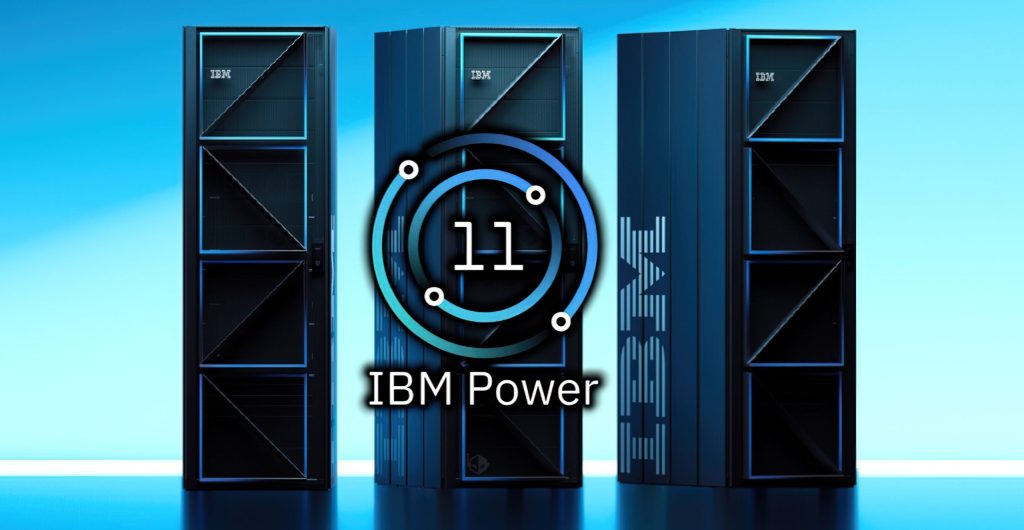IBM detailed its Power11 CPU at Hot Chips 2025, bringing 2.5D Stacking, higher clock speeds, and memory with AI acceleration.
IBM Brings AI Acceleration, Enhanced 7nm Cores, Higher Clocks & Swifter Memory Support To Power11 Server CPUs
IBM has already launched the Power11 CPU architecture, which is based on a powerful core architecture with a big, wide SIMD engine, and also focuses on end-to-end data bandwidth to feed that. Power 10 is based on Samsung’s early 7nm process technology, but with Power11, instead of moving towards 5nm, IBM used an enhanced 7nm process node based on the requirements of their clients, who preferred more speed over density.

The company also expanded its partnership with Samsung by not only leveraging the process technology but also utilizing their packaging technology called iCube SI Interposer technology, which allows 2.5D stacking. This allowed IBM to build the system on an interposer, which optimizes and improves power delivery.

The major focus was on uplifting the speeds and thread strength with Power11. As such, Power11 retains a similar structure as Power10 with 16 cores on a piece of silicon and 160 MB of cache. The dual socket CPU systems can now scale from 40 to 60 processor cores, and the speeds are increased from 4.0 GHz to 4.3 GHz.

Each IBM Power11 CPU core features in-core MMA (Multiply-Matrix-Accumulator), while an external ASIC or GPU enables support for Spyre Accelerators.

These changes, along with architectural level changes, add to 50% performance improvements in smaller system form factors. In mid-tier systems, the uplift is around 30% while the highest-end systems yield an average performance growth of 14%.


Power11 also introduces Quantum Safe Security, which is prepping for the quantum computing era. This is enabled in IBM’s Z mainframe systems.

Memory is another area where IBM is bringing some big changes, with 32 DDR5 ports made available on a single socket. This yields 4x capacity and 4x bandwidth of prior generation systems with 8 DDR5 ports. The company uses a special DIMM form factor, which is situated under a copper heatsink. The company also highlights the use of DDR6 in future Power systems.
IBM’s memory system is also fully hardware agnostic and supports both DDR4 and DDR5 interfaces. Once again, the company states that in the future, it might offer DDR5 and DDR6 compatibility.
Some of the OMI memory architecture improvements for IBM’s Power11 CPUs versus Power10 include:
3x Bandwidth / Socket: 1200 GB/s DRAM
2x Capacity / Socket: 8 TB DRAM
1.3x Coherence Flow: 1000 GB/s System
Looking ahead, IBM teased its next-gen Power CPU, which is going to feature a triplet architecture, and one of the innovations that was borrowed from that future CPU design is the thermal innovation.

